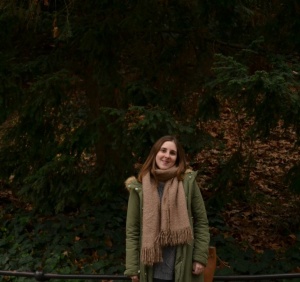Monteiro, J., Brilhante, M., Domingues, I., Amaro, R., Gonçalves, D., Cavaco, T., Fonseca, G., Serrano, H.C. & Branquinho, B. (2020) A tale of two green walls: a functional trait approach to assess vegetation establishment on restored steep slopes.
Restoration Ecology,
28(3), 687-696. DOI:10.1111/rec.13055 (IF2020 3,404; Q2 Ecology)
Green Walls (GWs) have been increasingly recognized as an important restoration technique for steep slopes resulting from quarrying activities or major infrastructure construction projects. In practice, GW irrigation is considered essential, although studies evaluating vegetation establishment under different irrigation regimes are lacking. Besides taxonomic metrics, functional diversity measures were used to compare the diversity and composition of plant communities of two hydroseeded GWs, with different irrigation regimes (irrigated vs. low‐irrigated).
The studied GWs were installed in Peneda‐Gerês National Park (NW Portugal) to minimize the visual impact of shotcrete walls, along a road infrastructure, and promote their ecological restoration. Species' cover was recorded three years after installation. Species were classified according to their growth‐form, life‐form, and life‐strategy.
Despite hydroseeding c. 57 species, GW vegetation was dominated by spontaneous species, particularly acrocarpous mosses, regardless of irrigation regime. Species and functional richness were higher under irrigated conditions, while no differences were observed for species diversity and functional dispersion. Functional trait composition did not differ between GWs, indicating that both systems potentially provide the same ecosystem functions and services. Our results also suggest that spontaneous species colonizing GWs are highly adapted to local environmental conditions, given their dominance in both irrigated and low‐irrigated communities. Overall, irrigation did not affect the structure and functioning of GW communities, only their redundancy, since more species exhibiting similar traits were established in the irrigated GW. Therefore, our findings suggest that low‐irrigated GWs, hydroseeded with native species, represent more cost‐effective solution to reduce the ecological impacts of steep slopes.




